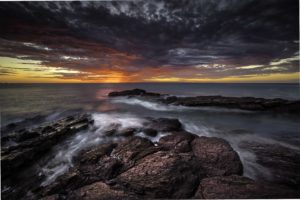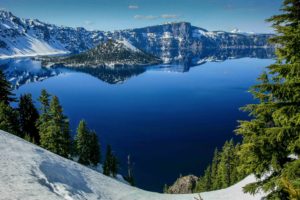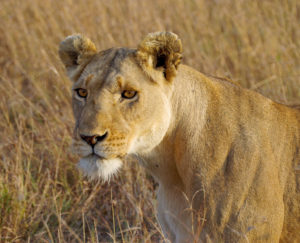Wild Landscapes.
At the opening of my Wild Landscapes exhibition in 2017 at the Heyson Academy in Hahndorf, I presented an emotive address on the importance of wild places and the images we capture in them. At least I think it was emotive; unfortunately my words are now lost in the ephemeral passage of time, along with my damn notes, which I carefully hid somewhere.
I believe my argument went something like this. Wild places are of course important for a number of rational reasons; preservation of species and biodiversity, buffers against climate change, wellspring of innate beauty and inspiration where a man (or a woman, or any of 30-something different genders dreamed up in the past year) has room to breathe, and places that can be sustainably tapped for sensitive economic gain such as ecotourism. Yes, I am a pragmatist. But there is something more ethereal but palpable, innate yet extrinsic forged onto the human condition by wild places. It is this. We need to know wild places exist, even if we can’t get to them, in order to maintain the health of our collective human condition. Wild places feed our spiritual wellbeing, as definitively as art and music, or the example of positive human endeavour. Take away these, or the hope that they will endure, and as a species we’ll start to wither on the vine. But it’s hard for everyone to get out and experience those places; even in Australia where something approaching wilderness is often but a drive away. Bringing wild places into our lives through photography provides a means to experiencing those places. And the knowledge that these places will continue to exist feeds our emotional health.
At least I think that was it.
The world’s last great wildernesses are shrinking at an alarming rate. Since 1992, when the United Nations signed up to the Rio convention on biological diversity, three million square kilometers of wilderness have been lost, representing over 10% of that remaining. And it’s accelerating. According to the director of science at the Wildlife Conservation Society, “If this rate continues, we will have lost all wilderness within the next 50 years.”
This is a very, very, very, very, very, very, very sad thought.
So get photographing. And conserving.
Photograph of the month (or at least since Xmas)
Just on sunset at Hallets cove, South Australia. Blend of 3 images. All shot at 16mm, f/18, and 4 and 6 second exposures, plus a little help from a graduated ND9 filter.
~
Continuing with the colour series, the colour of the month (or quarter or whenever I decide to blog again), is…..BLUE. This is a microstory from a photobook I put together years ago, when my knowledge of photography was very rudimentary.
Vincent van Gogh thought there is no BLUE without yellow and orange. Nonsense, thou one-eared madman. Blue is never trivial; nor will it play second fiddle to other colours. Where there is blue there is depth, soul, emotion, purity. Blue was created on the first day. Blue is cool. Blue is sad. Blue is wet. Blue is sexy. Blue is authority. Blue is noble. Blue is true. Truly blue is …blue.
Could you imagine a red sky, orange sea, Lady Sings the Greens, Yellow Velvet, a brown collar worker, holding your breath until you turn red, a naughty violet movie, the ol’ red, white and chartruese, greenprints, navy orange, baby brown eyes, I left my heart on purpleberry hill?
Now in my last blog I promised to explain why the answer to the following question “if a tree falls in the forest and no-one is there to observe it, did it really fall?” is the sound of one hand clapping and the methodical grinding of lions teeth on wildebeest bone. I think the following microstory should adequately explain this.
The Masai Mara in north-western Kenya is home to the greatest concentration of mammals on earth. It also hosts the greatest migration. From January to September wildebeest and zebra describe an enormous elliptical peregrination from the Serengetti to the Mara and back again. And where there are the great herds there are great hunters with great purpose. I the photo below, the lion has eyes only for its next meal. The tourists in their sport utility vehicles have ceased to exist, if in fact they ever did. For if a tree falls in the forest and the lion is hunting, did the tree ever exist? The answer I suspect is the sound of one paw clapping, and the methodical crunching of wildebeest bone in powerful jaws.
There you go. All clear now.
~
And lastly, I am humbled to advise that in the last few weeks I have been shortlisted (twice) for the Percival Photographic Portrait Prize 2018 (An Austrian in Florence and Who are You?), and have had one image accepted into the 2018 Australian Geographic Nature Photographer of the Year 2018 competition and exhibition (the Tui Bird). Wish me luck.



